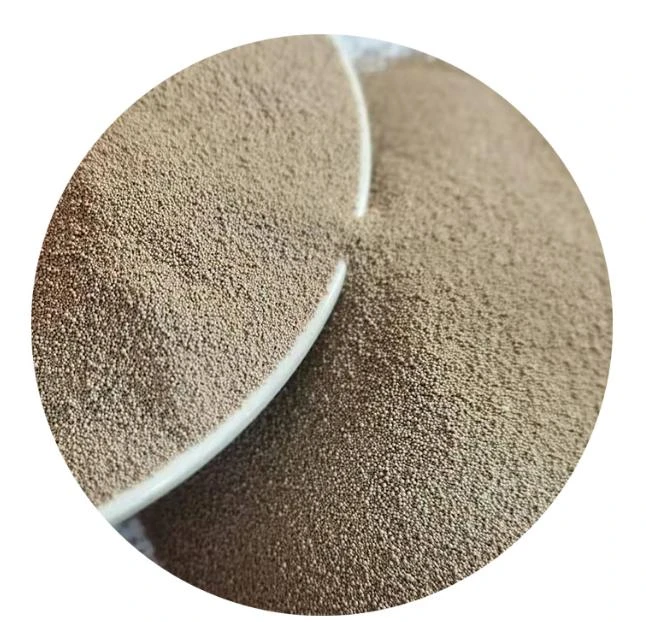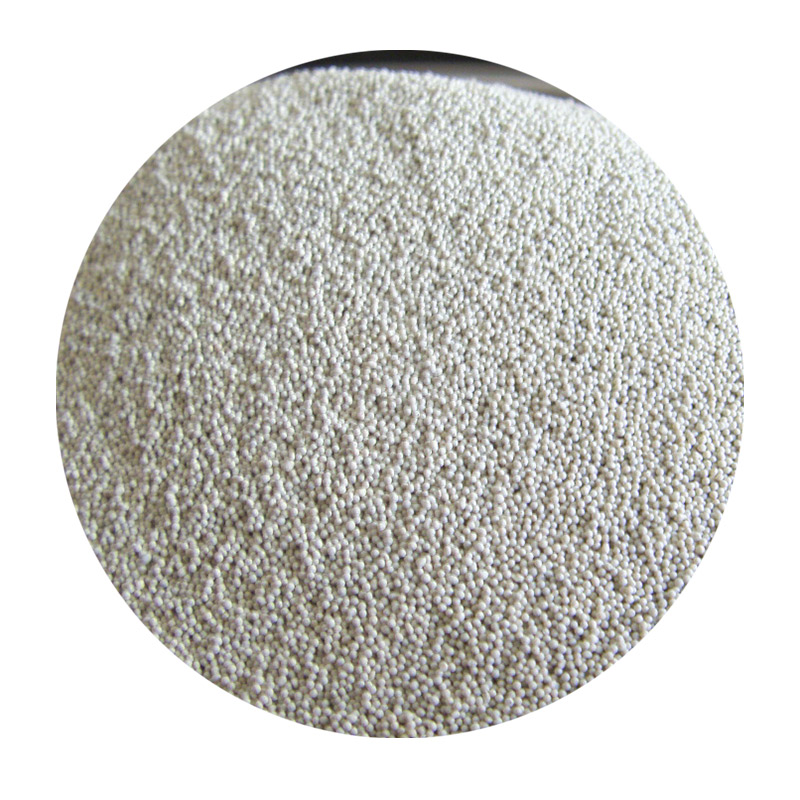

Beyond technique and tools, understanding when and why to sand glazed ceramics can improve decision-making. In some cases, re-glazing might be a more appropriate solution, especially if the intention is to repair defects such as chips or scratches. Consulting with art conservators or experienced potters yields insights into those contexts where sanding is advantageous versus when alternative methods might better serve the ceramic piece's longevity. Seasoned artists advocate documentation and experimentation as foundations for developing one's skill set. Keeping a journal of techniques, conditions, and outcomes enables one to build a repertoire of knowledge. Over time, this practice fosters expertise that can turn initial attempts into polished results. Sharing acquired insights with peers further bolsters an artisan's credibility and positions them as a knowledgeable authority in the community. As the ceramic field evolves, staying abreast of new techniques and materials is imperative. Forums, workshops, and continuous education opportunities provide platforms for expanding knowledge and expertise. Adopting a holistic approach that marries traditional methodologies with innovative strategies ensures artists and repairers maintain high standards of craftsmanship and safety. Establishing oneself as a trustworthy figure in the ceramics domain hinges on consistency, quality, and a dedication to craftsmanship. Each piece handled and improved is a testament to one's commitment to excellence, crafting a legacy valued by peers and clients alike. Post time:1月 . 26, 2025 02:30
Next:Sintered ceramic sand made in China same with Cerabeads AFS 60
